It never occurred to my partner Ralf and I to build a dam – it was always going to be a wetland. The sale of our home in Melbourne in 2015 afforded us the chance to act on our dream. After purchasing 15 acres in Blampied, Victoria, we set about constructing our very own wetland.
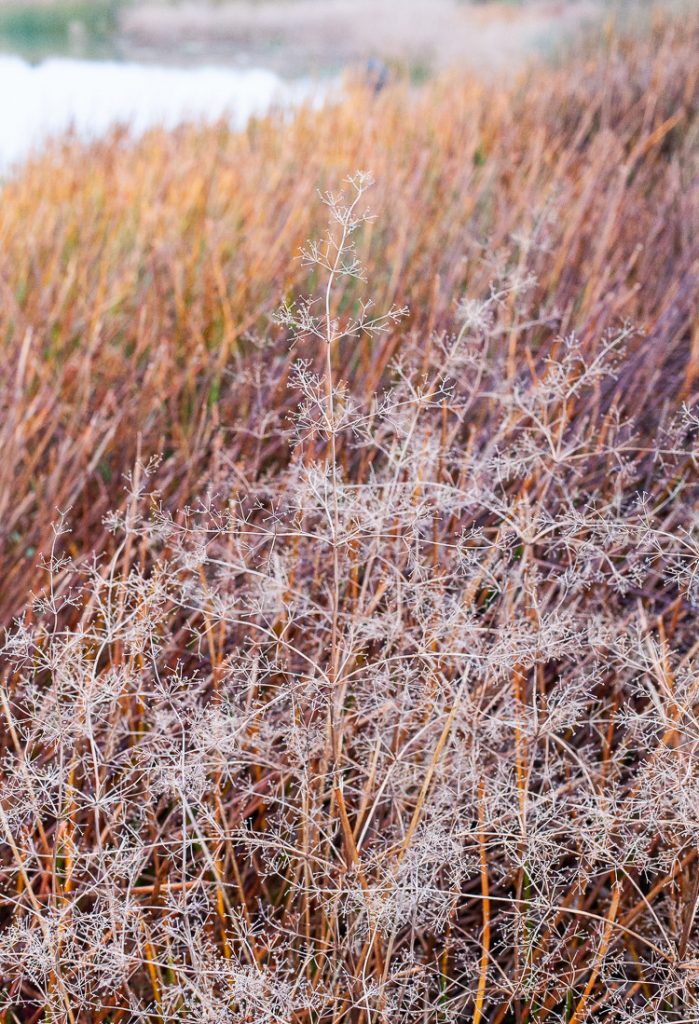
There are many different types of wetlands. There are natural wetlands such as damplands, sumplands, ephemeral wetlands, springs, marshes and swamps, rivers and streams, floodplains and billabongs and artificial wetlands such as sewerage ponds, rice paddies and constructed habitat ponds just to name a few. The definitions in Nick Romanowski’s book, Aquatic and Wetland Plants, illustrate the differences in water levels between the different types. For example, he defines damplands as having water mostly underground, but rising with seasonal rains so that it is just below the surface in wetter months. Sumplands are similar, but here the water rises higher so that the ground is waterlogged at times and pools of standing water are common. The water level just below, just above or flooding the soil determines the type of vegetation that will thrive and the type of animals, insects and amphibians that will make the wetland their home.

Our wetland is a constructed habitat pond. It collects a body of water in low-lying ground. It is flooded in winter, but in summer the water level drops. It’s often extremely low, say ankle-high, with some patches of soil completely exposed. It was designed to wet and dry in a way that mimics natural wetlands in the surrounding landscape to provide natural habitats for the local flora and fauna.

Ralf and I were introduced to the beauty and ecological importance of wetlands back in our 20s, when we both worked for a revegetation company that specialised in wetland ecology. Our job involved collecting seed from grasslands, marshes and swamps, propagating the seed harvested, and planting out seedlings in newly constructed wetlands. Our employers at the time, two young men just a few years older than us, were passionate about the role wetlands play in supporting fauna and flora biodiversity. Their passion was infectious and, as Ralf was studying environmental engineering and I environmental policy, it felt like we were destined to translate this experience into practice.
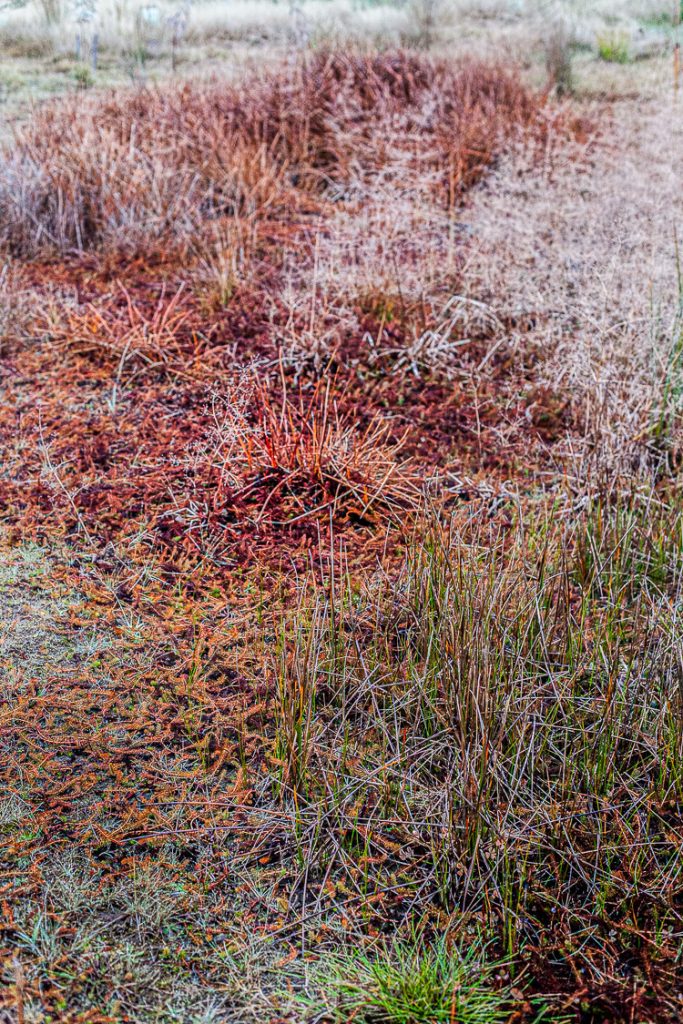
When we bought our acreage, at the very top of our list of reasons for constructing a wetland instead of a dam was biodiversity.

The primary objective of a dam is to store as much water as possible in a given area of land, so that this water can then be used for irrigation or drinking water for stock. Hence, dams have steep gradients and deep centres to maximise the amount of water captured. And, as their purpose is water storage, they are rarely planted with trees or aquatic plants.
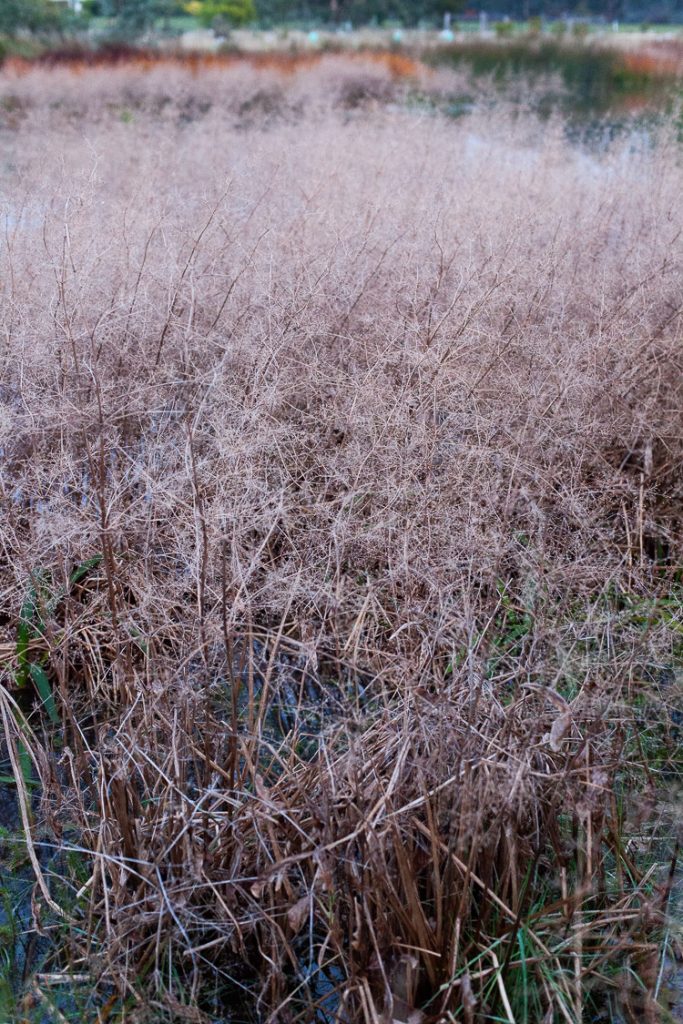
Where a dam is on pasture land, cattle and other grazing animals are almost always given access to the whole dam for drinking water. As a result, the dam edges get highly compacted and the soil is constantly disturbed, making it difficult for plants to establish. The water quality in dams used by animals can also be very poor as the water can get very turbid due to the constant disruption of soil by hooves, so little, if any, aquatic life survives. To prevent this dams can be fenced so that grazing animals only have access to a small area, or water can be pumped to a drinking trough.

Essentially, a dam acts as an open rainwater tank and serves a single purpose: capturing water either for use in irrigation or as drinking water for livestock.
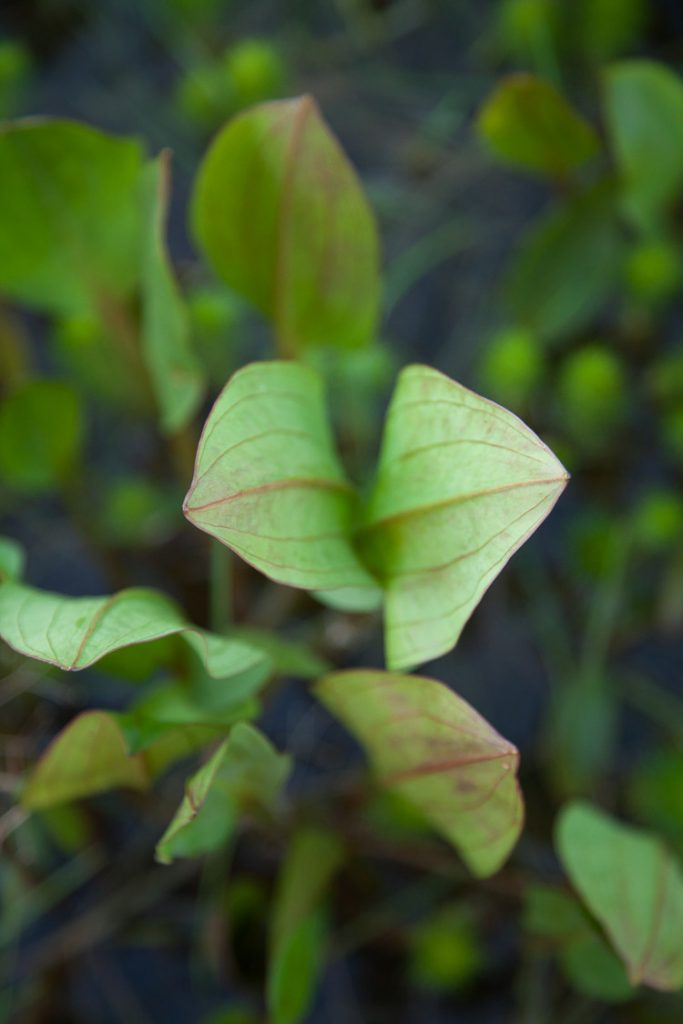
A wetland, however, can serve a multitude of purposes and values. At the core of these values are ‘ecosystem services’: the direct and indirect benefits humans experience from living in a well-functioning environment. These include such things as clean air and water, mental and spiritual wellbeing, and access to a range of food plants, pollinated by bees for free.
A wetland does this by changing just one factor: the gradient.

By designing for a shallow gradient and increasing the area that wets and dries as the water level goes up and down , it is possible to plant a broader diversity of trees, sedges, reeds, rushes and aquatic plants and provide a greater diversity of habitats. These varied plant groups need differing levels of soil moisture to grow. Some, such as grasses and sedges, thrive on the very fringe of the wetland. Others, such as azolla, a floating fern, sit on the surface of the water, while some species in the genus Maundia can be found growing in waters 50cm deep. In between are a variety of plants providing highly valuable habitat both above and below the water. These include sedges in the genus Baumea, such as the twig-rushes, or those in genus Bolboschoenus. Carex, a large genus of grass-like sedges, are mostly dry-land-lovers, but some are found in waterlogged soils. Rushes in the genus Juncus or the club-rushes also grow in waterlogged soils.

Each plant community provides a specific habitat or feeding role. Together they support a lush ecosystem of invertebrates, frogs, fish and animals. Think of each plant community as having its own architect and the architecture of that community catering to the specific needs of particular animals. The establishment of a vegetation ‘community’ of sedges, rushes, grasses and trees and its supporting wetland is a direct invitation to the animals including amphibians, birds and invertebrates that thrive in that specific combination.
In our case, by creating the wetland and establishing a vegetation community, we have created conditions for the arrival of black swans, pobblebonk frogs, dragonflies, swallows, herons and masked lapwings to name a few. Our wetland is still only a baby; all our plantings are no more than three years old. As the vegetation grows and swells, the number of birds, insects and animals coming to visit will increase as more habitat and shelter is created and as our trees develop expansive canopies.
What is its value? How can I explain the feeling I get when I see swallows feeding at dawn and dusk on insects hovering over the water’s surface, or the pleasure and pride I feel when I hear our choir of frogs? And when the black swans arrived, these large indigenous birds, and made their home with us for a few weeks, how full of joy and happiness I was.
In choosing biodiversity, we chose not to use our wetland as a drinking hole for grazing animals, even though we plan to graze pigs. Instead, we will provide drinking troughs for them. We have fenced off the wetland to prevent access by our future pigs: the wetland is closed off to pigs on the east, west and south, but open to the north to wildlife. My friend Damien, a botanist, recommended I leave a ‘flight path’ open for visiting birds, so on the north side I am only planting indigenous grasses.
I am doing the plantings in stages. Once the initial aquatic and terrestrial plants have established, I will go back and plant a greater diversity of vegetation. I save up to purchase tree guards, stakes and plants. Then, with my best friend, the mattock, I plant. In summer, I water, as I don’t want to lose plants to our unreliable rain patterns, after all the work I’ve done. The plant roots are small and shallow in the first few years. So, with our very old ute, a 1000L water tank and the help of visiting ‘workaways’, I water as often as I can, which is about three times during the summer months. I can’t manage more – there are too many trees. Why not install irrigation? In the near future, the trees won’t need the support I am giving them now, so the cost of materials, labour and time for a short-term goal is not worth it to us.
The other wetland values for us are fire protection, recreation, swimming, aesthetics and as a cooling microclimate.
I can’t believe I have my own wetland; its habitat and aesthetic value is priceless. The sunset colour bleeds into the water’s surface to create vast beauty. It is a joy to walk around the wetland to observe the changing colours of the aquatic plants – they go from a lush green to a fantastic copper colour – and to observe visiting birds and dragonflies and discover indigenous colonising wildflowers.
At the beginning of summer when the water level is still high, I love to swim there. Flat on my back, looking up into the big open sky, I feel such happiness. I sneak up on dragonflies to admire their colour. The water is clear compared to neighbouring dams as the aquatic plants help to stabilise the soil. Decomposing plant matter, further protects the soil by forming a thick protective layer over it, and this in turn reduces turbidity. No crystal-clear swimming pool could ever bring me this much joy.
In the peak of summer, the combination of water and plants creates a cooling microclimate. Trees transpire releasing water from leaves into the atmosphere. The water body itself acts as a heat sink as water has a high specific heat capacity: it takes a lot of heat to increase the temperature of water by one degree Celsius. Hence, in summer, when the soil surface temperatures are high, the wetland temperature in comparison remains low and that difference in temperature is experienced by us.
I am so glad, so pleased, so ecstatic that we built a wetland instead of a dam!
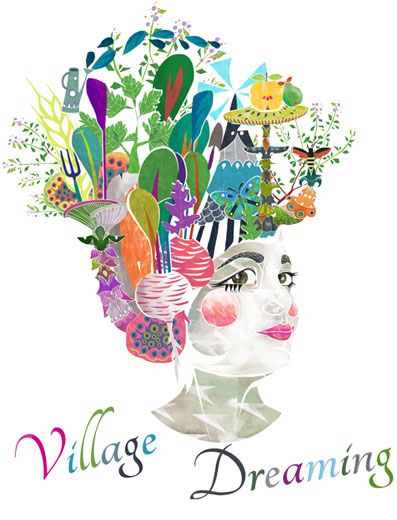
Thanks for this Mara, timely for me coz thinking about this kind of thing on smaller scale. Amazing job you guys have done to grow the wetland💦💦🌱🌿🦆😊
Wonderful Maya! and thank yuo for your positive words. Very exciting that you are doing one too!
A wonderful story & life you are creating. Thanks for sharing it. Thanks for doing it!
Leesa thank you very much for your support and kind words. They are devoured and appreciated.
These photos are exquisite Mara. Xxxxxxx